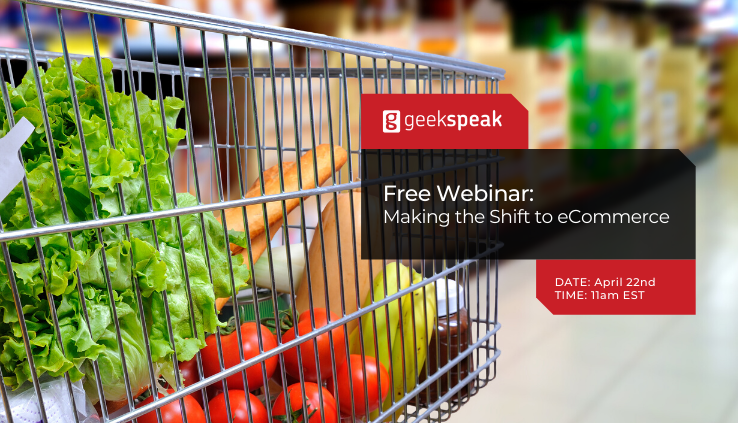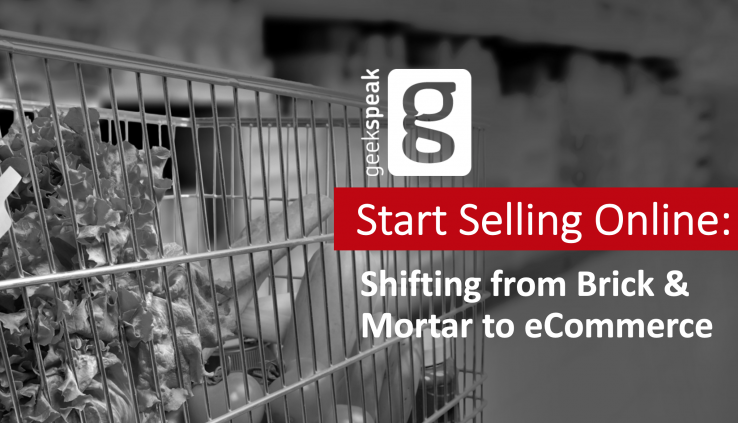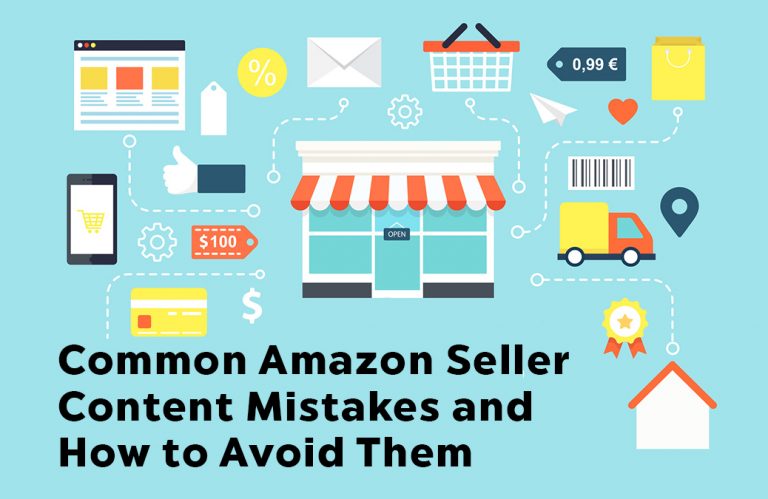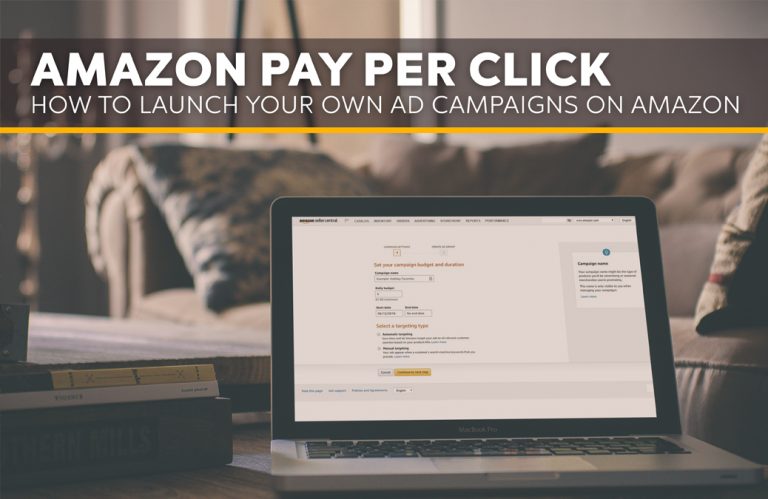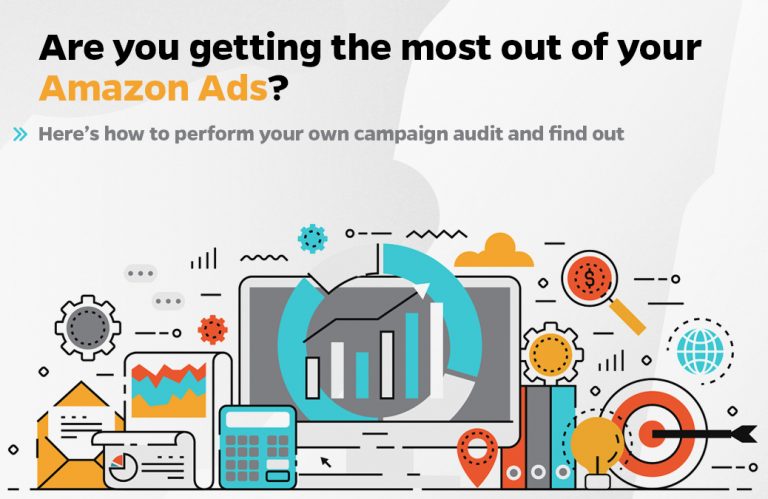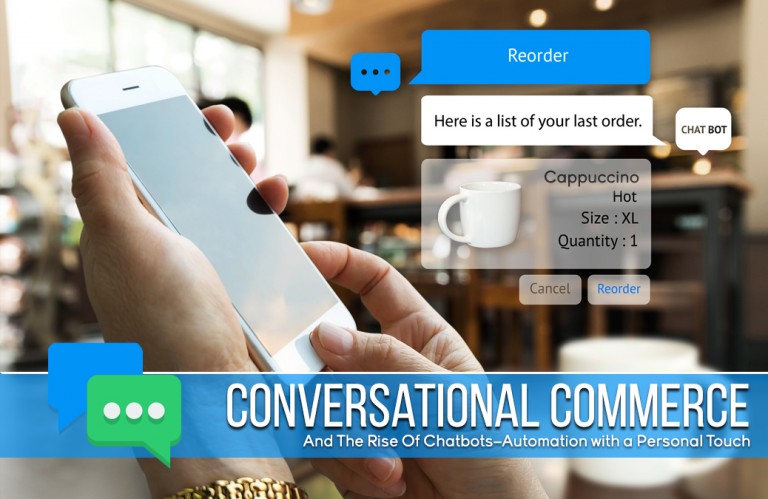With all the new technologies available to help e-commerce stores grow sales, perhaps the easiest to implement is live streaming video. It’s a measurable and cost-effective option that lets you tell consistent brand and product stories while explaining product benefits and offering click-to-buy convenience.
Apps from the likes of Meerkat and Periscope make it possible for just about anyone to create a live streaming video. Since its acquisition by Twitter, Periscope has become a popular vehicle through which to live stream video to a Twitter feed and allow real time comments from readers. Meerkat offers a similar service.
So how does this help the average e-commerce store?
Live streaming can be used in a variety of ways to create customer engagement, brand recognition, and, by extension, boost e-commerce sales.
Hosting a Question and Answer Session
There’s nothing worse than having to scroll through pages and pages of text to find the answer to some basic questions. Alleviate this consumer frustration by answering common questions posed by many of your customers on a live streaming video.
Make it fun, show how relatable and knowledgeable you or your employees are, introduce your business and boost consumer confidence in your store and products.
You don’t need to just sit and answer questions. Walk around the warehouse pulling products off shelves and explaining the use or asking for consumer feedback. Or show your customers products and ask for feedback on colours or dimensions.
The great thing about live streaming video is that it creates a chance to engage with customers. An engaged customer becomes a loyal shopper.
Product Demos
Using live streaming videos for product demonstrations can be a fun way to introduce a new product or to educate consumers about how the item can be used.
It’s a great way to build anticipation for a new product. Just be careful to stress excitement rather than making it an outright sales pitch. You want to engage customers not annoy them.
Personalized Customer Support
Take your customer support to a whole new level. Live stream videos can be used to walk consumers through the use of a product or as mini-training sessions.
For example, if your online store sells wool and knitting or crocheting supplies, you could offer a quick video on a how-to topic, such as how to cast on, how to wash hand knitted garments and so on.
Give your customers the opportunity to connect with your product experts via live streaming video as if they were in the same room.
Using live streaming video lets you connect with the customer in a way that text doesn’t. Create a following and you’re creating customer loyalty and confidence. Next time that customer wants a supply of wool, it will likely be your store they will want to visit.
Take Customers Behind the Scenes
Live streaming video is a great way to let customers see how you operate. If you sell handmade products, you could show how they’re made. Selling women’s apparel? Consider live streaming tips on what accessories would look great with what outfit.
No matter what kind of products you sell, live streaming allows you to use a behind-the-scenes strategy to build consumer confidence in your store. Show your human side and have fun.
Encourage interaction
Live streaming videos are super-easy to share on social media. So make sure you encourage your shoppers to share them on their own Facebook or Twitter feeds to increase the chances of people being made aware of your store, even if they hadn’t thought of visiting your site before.
The more people you can engage with and interact with on live stream video, the more organic reach your stream will have.
There are a myriad of ways to use live streaming video to grow online businesses. Host an event, ask for feedback, show how you make your products – it’s all about creating customer engagement, boosting confidence in you and your products, and, most importantly, generating new sales.
